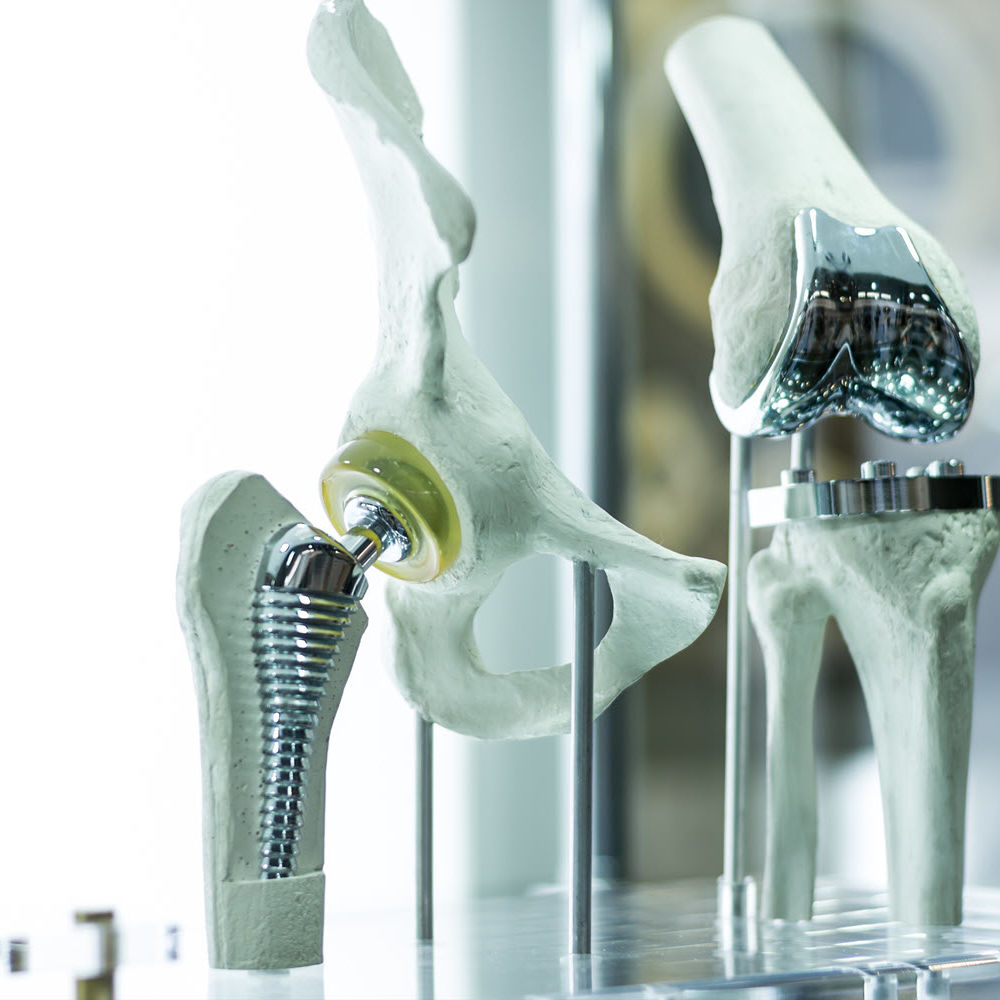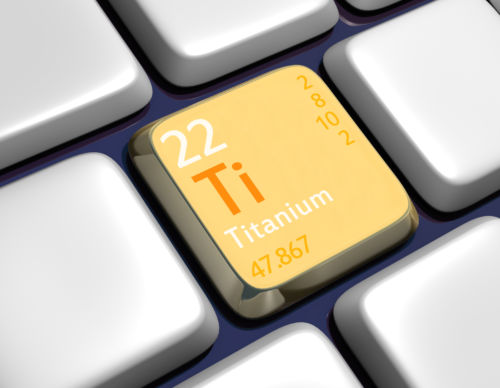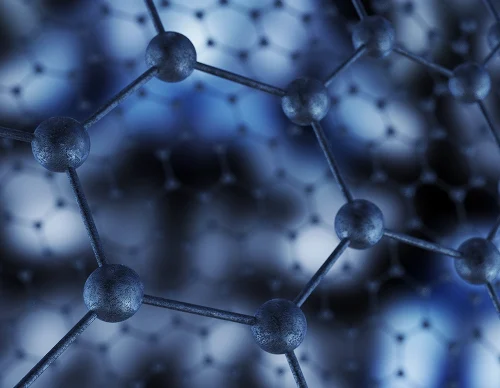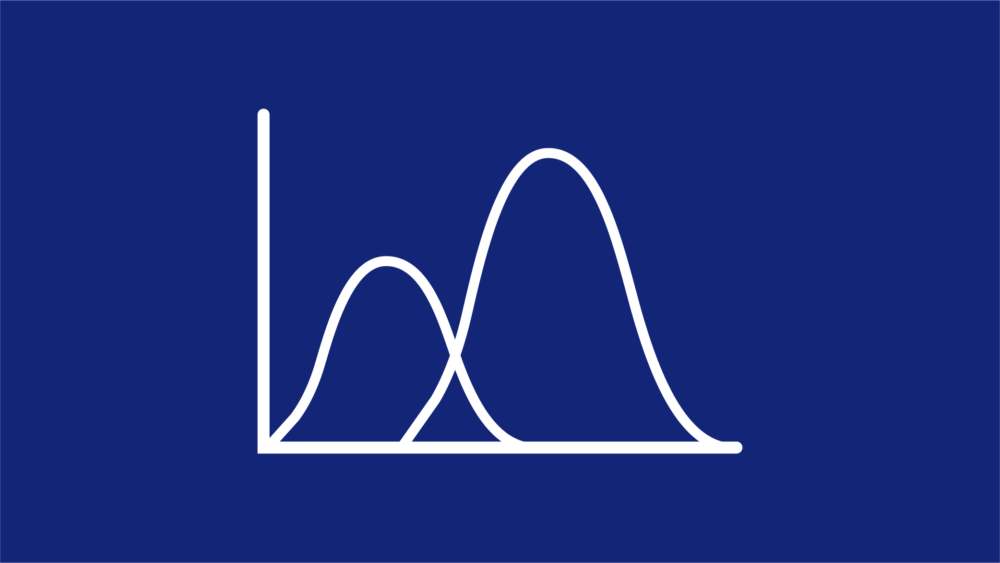Applications for Titanium / TiAl Alloys
Calculate the following based on your actual alloy chemistry:
Application Examples
Calculate Beta Approach Curves
The β-transus temperature in titanium alloys plays an important role in the design of thermo-mechanical treatments. It primarily depends on the chemical composition of the alloy and is sensitive to the actual alloy chemistry. The oxygen content also has a big effect on the stability of the alpha phase. A beta approach curve shows the fraction of beta phase as a function of temperature and is useful when designing heat treatments to obtain specific properties.
This figure shows a beta approach curve for a Ti-6-2-4-2 alloy calculated in Thermo-Calc along with experimental data from Semiatin et al., Metall. Mater. Trans. A, vol. 38, no. 4, pp. 910–921, 2007.

Predict Phase Balance as a Function of Cooling Rate
There is an inherent relationship between the material microstructure and the final material properties of a component. In titanium alloys, the balance of alpha/beta phases plays a major role in determining the final mechanical, corrosion, and creep properties. This phase balance can vary as a function of cooling rate. Thermo-Calc can simulate phase balance and precipitation behavior as a function of thermal history.
This figure shows the simulated amount of alpha phase in Ti-6Al-4V alloys as a function of cooling rate from 950 °C using the Diffusion Module (DICTRA) (recalculated based on data from Martukanitz et al., Addit. Manuf., vol. 1–4, pp. 52–63, 2014). The final amount of alpha is reduced as the cooling rate is increased.
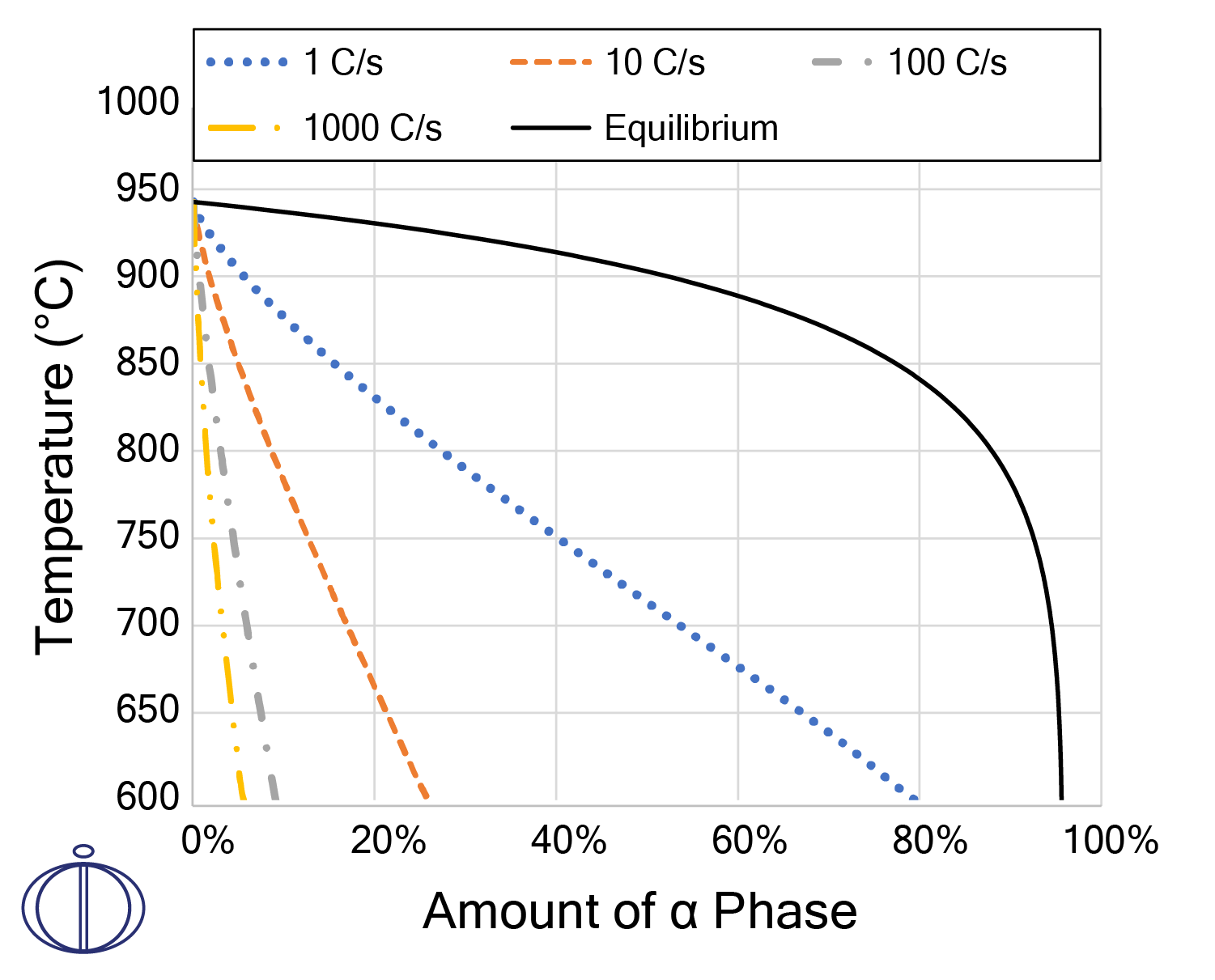
Products Related to Titanium and TiAl
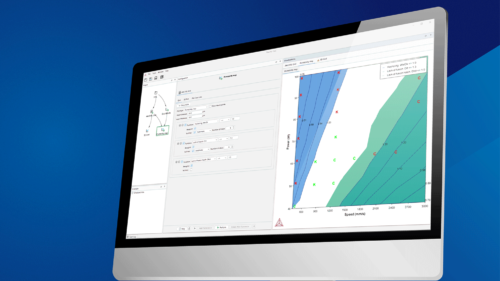
Webinar Recording
Thermo-Calc 2024b Release Overview
The Thermo-Calc 2024b release includes several new products for titanium users, including the Titanium Model Library, a model for elastic properties and plot variables, and a new Ti/TiAl-based alloys database, TCTI6. Learn about these and all the new features and products in this webinar recording on the Thermo-Calc 2024b release. This webinar offers an overview presented by the developers who worked on the release.
Learn more about Applications to Ti/TiAl-based Alloys
Next Generation Database for Greener and More Efficient Aerospace Vehicles
Electron Beam Melting of a β‐Solidifying Intermetallic Titanium Aluminide Alloy
Design of High Temperature Ti–Al–Cr–V Alloys for Maximum Thermodynamic Stability Using Self-Organizing Maps
